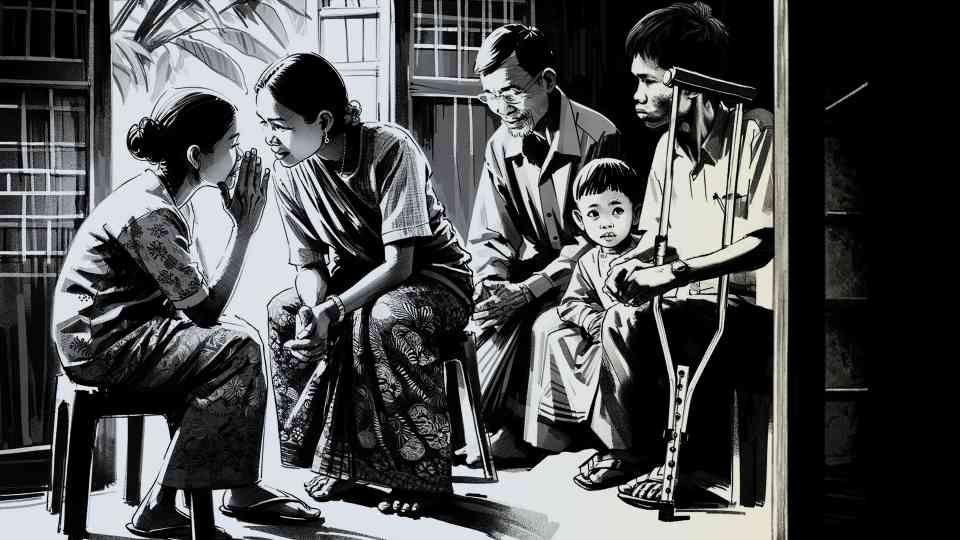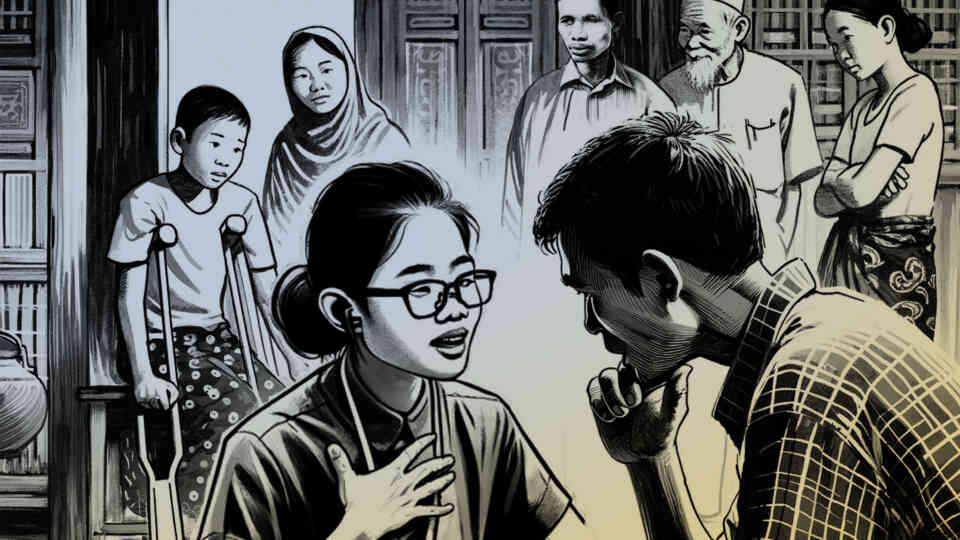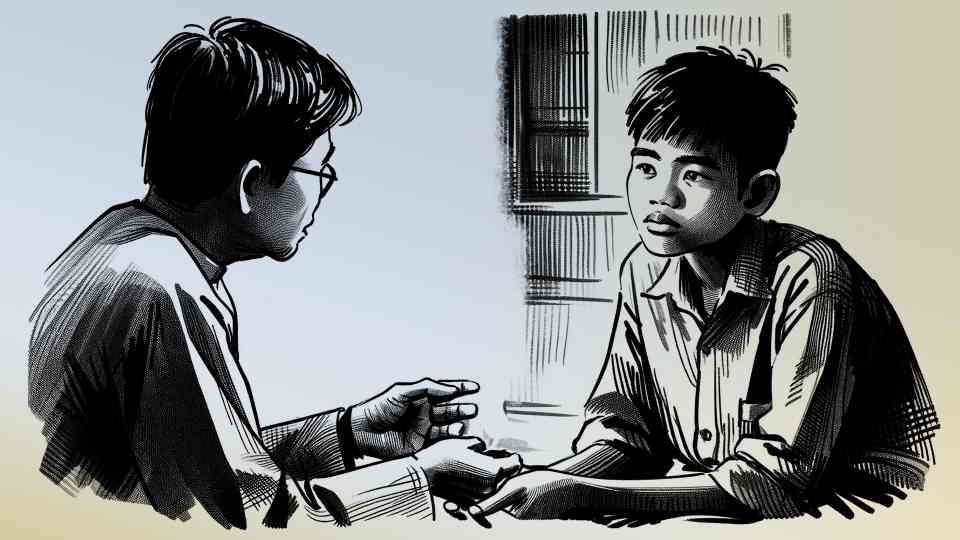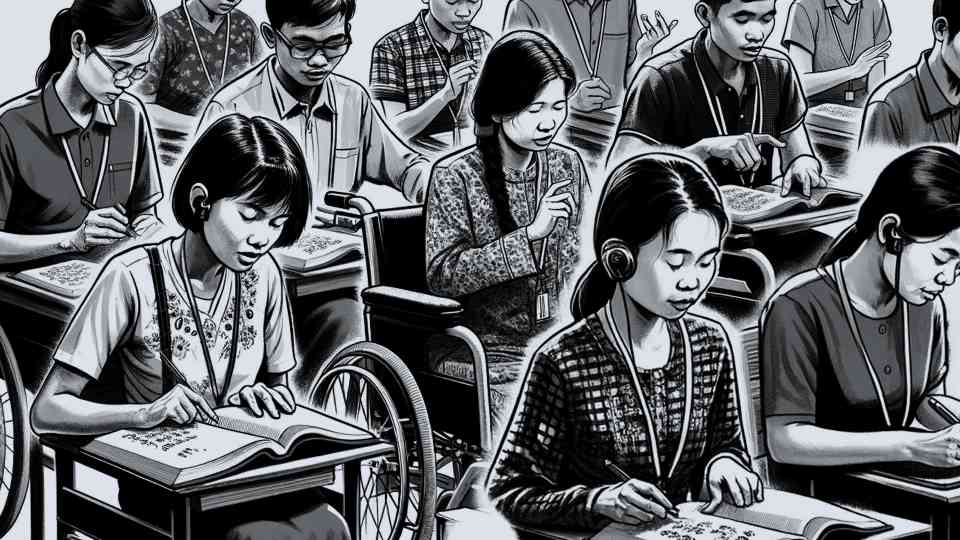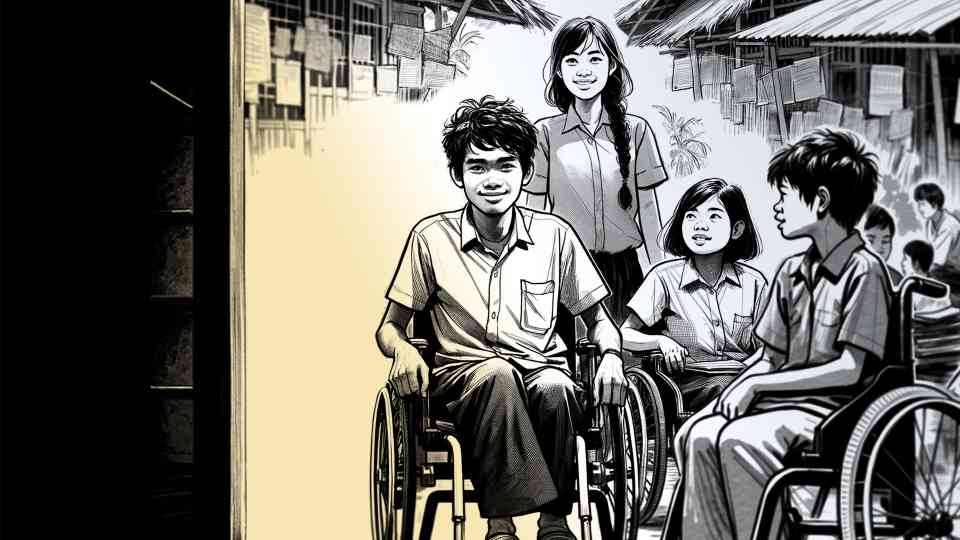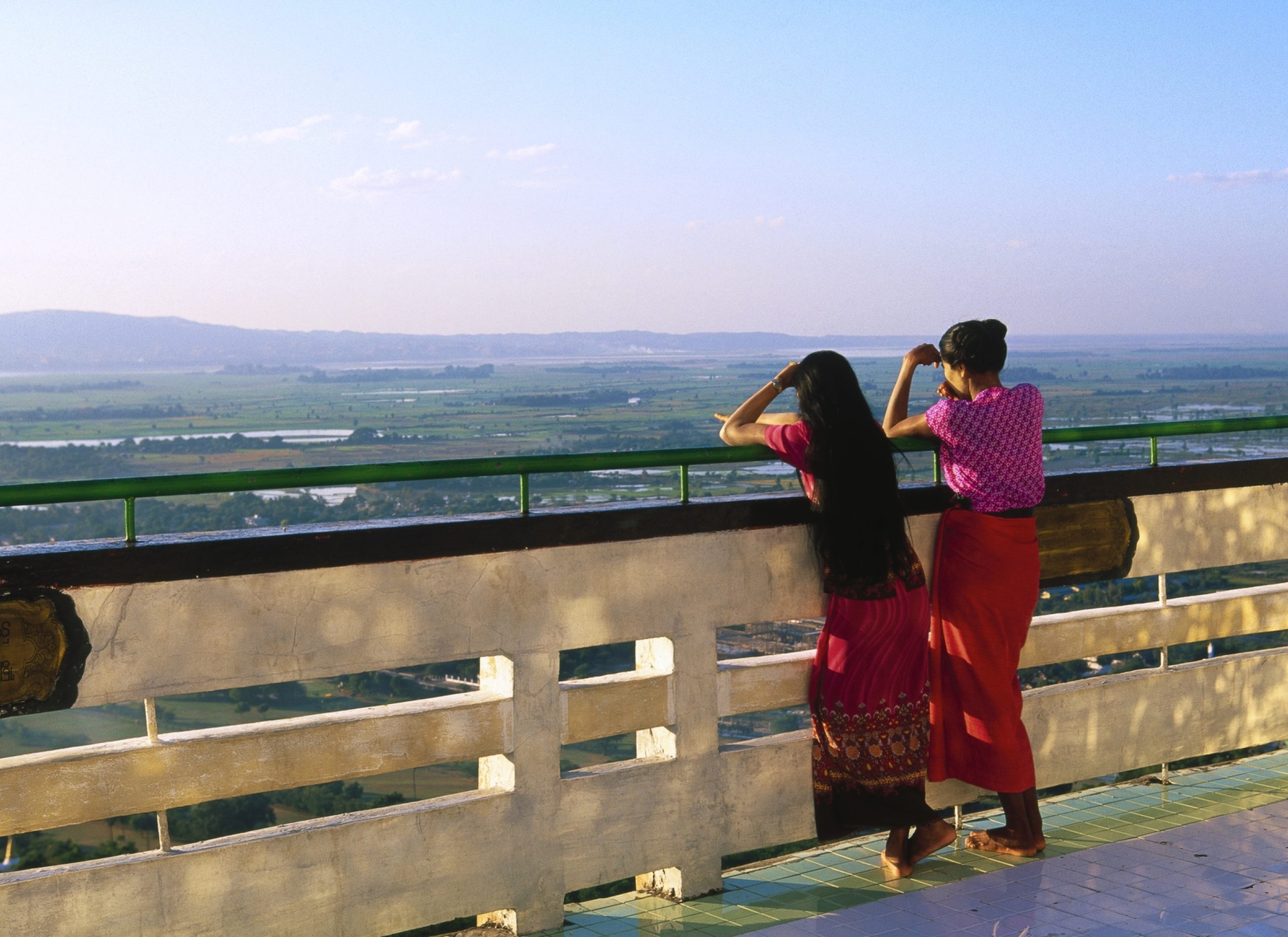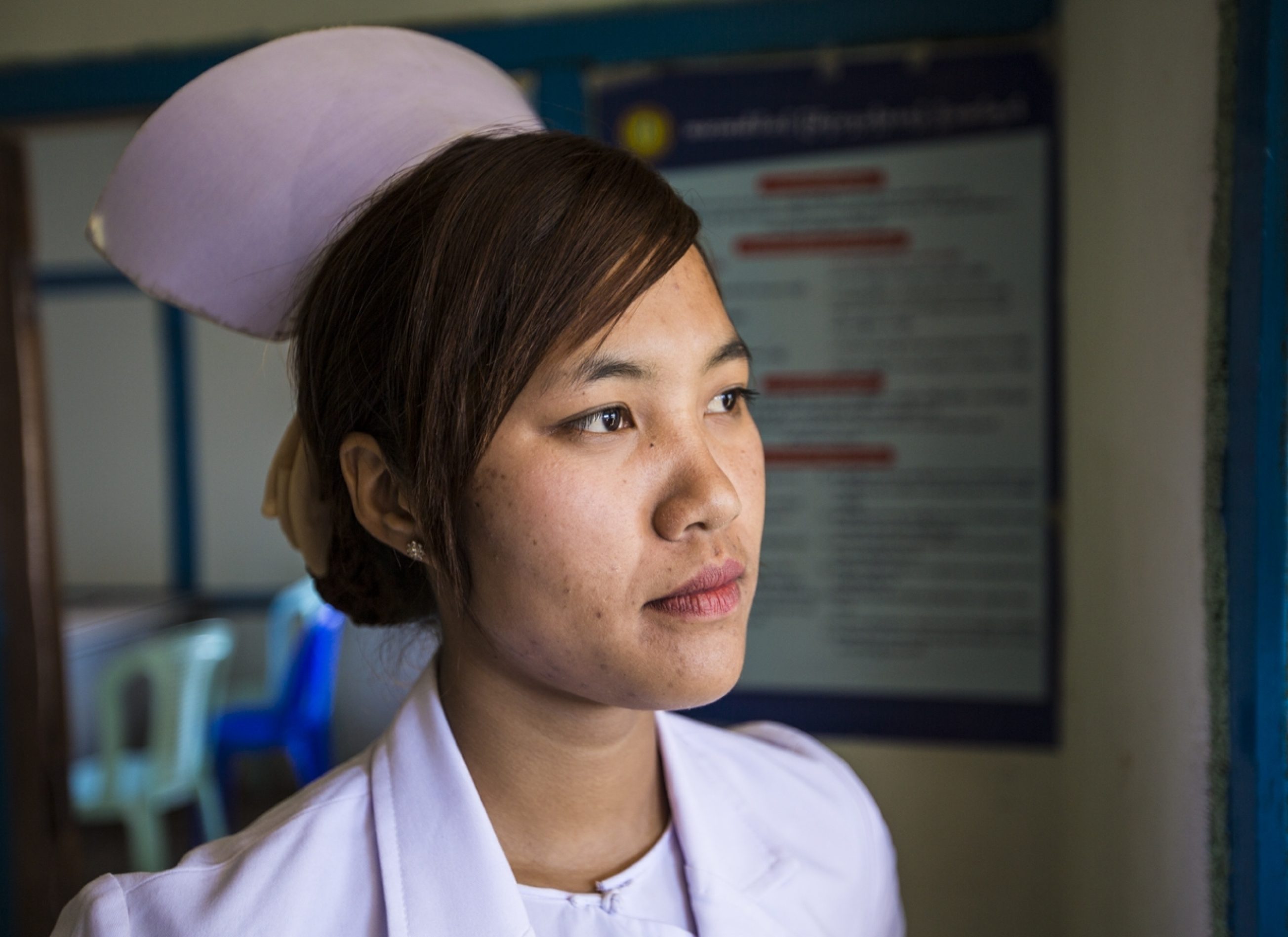The struggle is even harder for people with disabilities – who are often marginalized and face major challenges getting information and help related to their sexual and reproductive health. These include social misconceptions and stigma, social exclusion and a lack of awareness and understanding regarding people with disabilities.
At home, parents lack SRHR knowledge and an understanding why it is important for children with disabilities – a taboo subject. Further, different types of disabilities require different customized support, which is hard to develop and deliver, complicating access even more.








